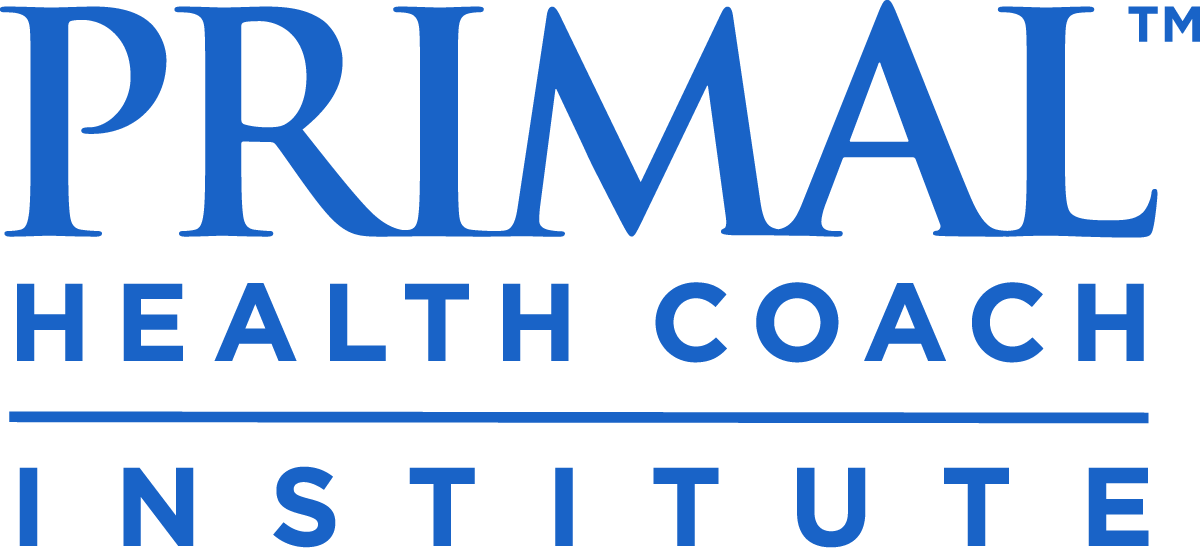
As health coaches, we have the hugely rewarding job of helping our clients turn their health goals into reality.
Whether it’s to lose weight, increase energy levels or reduce stress, it’s our job to help our clients strive towards a healthier, happier life.
Motivation is key to our clients’ success.
Working towards a goal is easiest when motivation is high, but motivation comes in peaks and troughs. When motivation is low, our clients’ may be more inclined to slip into their old unhealthy habits.
In order to keep our clients on-track with their health goals, it’s imperative that we know how motivate them.
In this post, we’re going to explore the 7 sources of motivation.
What Is Motivation?
Motivation is an internal condition that activates or energizes behavior and gives it direction.
Motivation can be described as a need, desire or want.
For our clients, their need, desire or want is for a healthy life, and they have engaged you (as their health coach), to give direction in their journey.
While the motivation is internal, understanding what drives motivation in different people under different circumstances is of huge importance as a health coach, as it will allow you to bring out the very best in your clients.
The 7 Sources of Motivation
There are 7 sources of motivation and it’s important as a health coach to be aware of them.
The 7 sources of motivation include:
- External/Behavioral
- Social
- Biological
- Cognitive
- Affective
- Conative
- Spiritual
We’ll now delve into the the meaning of these different sources of motivation and provide tips on how to work with your clients who are displaying a particular type of motivation.
1. External/Behavioral Sources of Motivation
Obtaining a reward, or avoiding unpleasant consequences are external or behavioral sources of motivation.
An example of this type of motivation is receiving a compliment or someone telling you that you look great. Another example could be avoiding taking medication for Type 2 Diabetes.
When our clients are driven by an external source of motivation, a handy coaching tip is to direct and remind our clients of their goals, especially when their motivation is low.
2. Social Sources of Motivation
Social sources of motivation can be hugely powerful for many people.
This form of motivation is driven by the desire to be part of a group. It can also involve imitating a positive role model (such as yourself).
Social sources of motivation can be found within a community, such as within a group health coaching community or within a CrossFit box
3. Biological Sources of Motivation
Our bodies have evolved innate biological sources of motivation to help us strive to achieve homeostasis.
Without consciously realizing it, we receive positive feedback for performing tasks that our bodies perceive as healthy.
For example, exercise stimulates an endorphin rush, making us feel positive, energized and strong. This wave of hormones makes this activity appealing and thus we are more likely to perform it again.
Also, eating a primal-aligned diet can lead to decreased hunger, which can be an excellent motivator for a client who has struggled with unhealthy eating patterns in the past.
By coaching our clients to be mindful of their bodily cues, they will be more likely to give their bodies what they need at any given time.
4. Cognitive Source of Motivation
Our desire to learn can also affect motivation.
Problem solving, decision making, eliminating risks or having something to focus on can all help.
For many people, the Primal Blueprint differs greatly to what has been taught through conventional wisdom.
Helping a client to understand the reasons behind The Primal Blueprint Principles, is an example of cognitive motivation.
5. Affective Sources of Motivation
Feeling good about yourself can help to maintain optimism and enthusiasm.
As a coach, you can help build your clients’ self esteem by providing positive feedback about their progress and including measurable quantifiable benchmarks (such as body composition tests).
6. Conative Sources of Motivation
Conative motivation is driven by your clients’ “why”. This can be their desire to age healthily, or to get their post-baby body back.
Understanding their “why” can help your client develop their own very specific and defined goal.
Taking ownership over their goal setting can be a tremendous motivation for your clients. It gives them a sense of control over their lives and that can be extremely powerful.
7. Spiritual Sources of Motivation
Understanding one’s purpose in life can be a huge motivation for many of your clients.
Spirituality does not necessarily need to be linked to any particular god or religion.
It can be as simple as understanding your purpose and place in the world.
Slowing down life can help your clients connect with their spirituality.
Meditation and relaxation can alleviate stress and help your clients reconnect with who they are in relation to the rest of the world.
Some Other Considerations
Identifying your client’s motivation can be helpful, but it’s not the full story.
Some of our needs are more important than others. Understanding the hierarchy of importance will help your clients with their goal setting.
The hierarchy of needs is:
1. Physiological needs: hunger, thirst, bodily comfort, etc.
2. Safety/security: avoiding danger
3. Belonging and love: affiliation with others, being accepted
4. Esteem: achievement, competency, gaining approval or recognition
5. Cognitive: to know, to understand or explore
6. Aesthetic: symmetry, order or beauty
7. Self-actualization: to find self-fulfillment and realize one’s potential
8. Self-transendence: connection beyond ego, helping others
Prioritizing the fulfillment of these needs can help your client to stay on-track with their health goals.
For example, if a client is constantly hungry, they are unlikely to be motivated as much by aesthetics. Addressing their hunger, either by consuming more calories, or reducing carb intake will be the first priority. Once this need has been met, your client can address their next motivation, which may be fitting back into their favorite dress.
Setting Realistic Goals Is Essential for Motivation
A final thought when thinking about motivation is to think about expectancy. If your client has does not expect to succeed in their health goal, they are less likely to be motivated to pursue it.
Similarly, if the journey looks too difficult, then the connection between the success of achieving a goal and the reward for achieving it can break and the client may lose motivation. Positivity and encouragement can go a long way toward helping clients believe they can achieve their goals.
SMART goal setting involves setting specific, measurable, achievable, realistic goals within a defined time frame, and is incredibly useful for keeping motivation high.
In conclusion, motivation is a complex issue that is still undergoing intense research. By understanding the 7 sources of motivation you’re giving your clients the very best chance of reaching their full potential.



